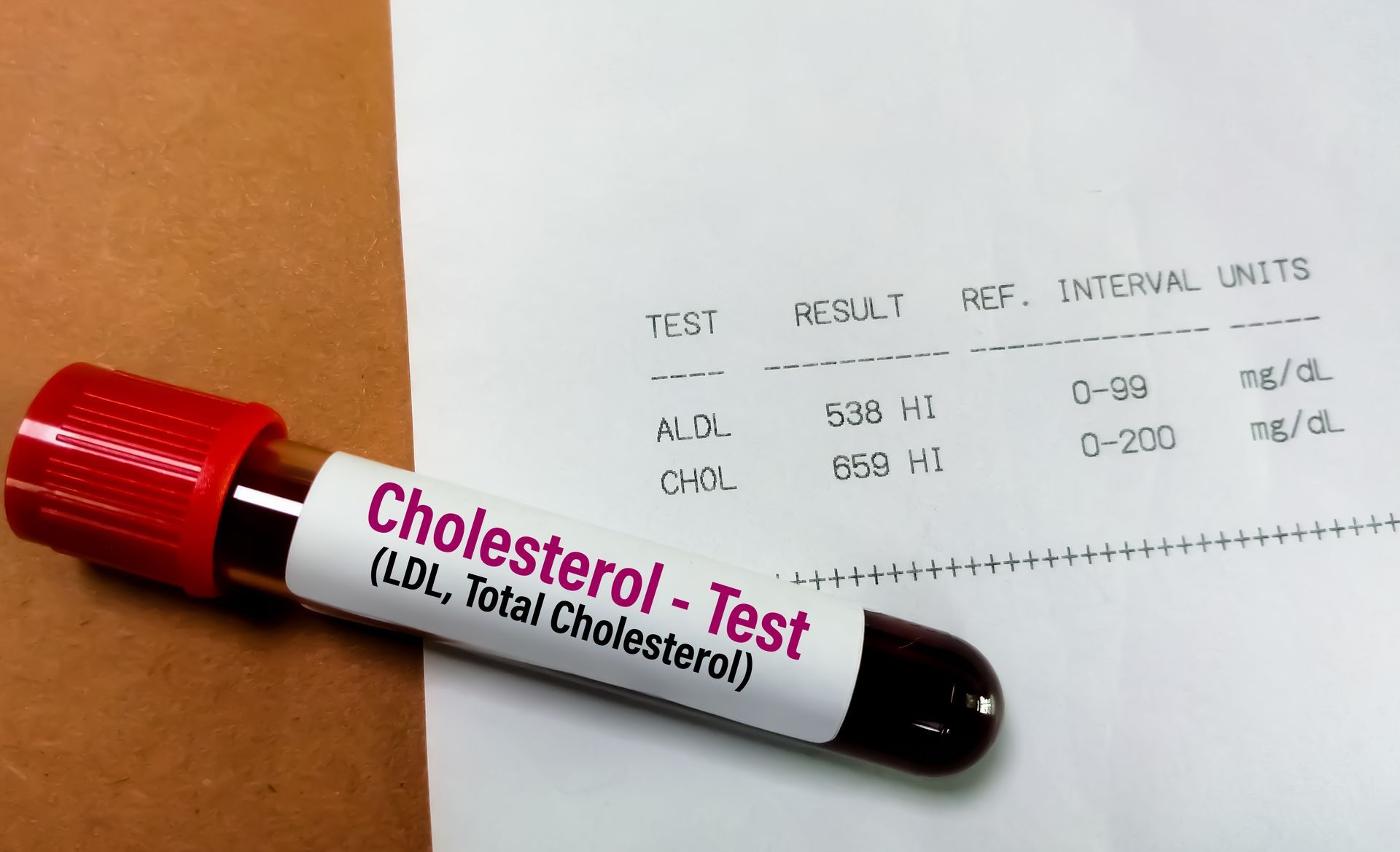Our Location
Elige tu idioma:
Joint Injections: Why It Can Help

Older people mostly experience joint pains, especially in the shoulders, arms, hands, knees, and legs. They are also believed to be a permanent feature of old age and an inevitable part of aging.
The Centers for Disease Control and Prevention (CDC) data shows that in
15 million people, 1 in every four adults experience severe joint pain, with arthritis being the most common cause. Joint injections may be the answer when medications and physical therapy have failed to relieve joint pain.
This article will discuss joint injections, their various types, and why they help treat joint pain.
What Is a Joint Injection?
A joint injection is a minimally invasive procedure that involves injecting anesthetic and corticosteroid solutions directly into damaged joint tissue. This treatment improves your range of motion and allows you to perform physical therapy exercises easier. However, it remains unclear why joint pain develops as we age. That's why this type of treatment has two purposes:
- It can be a diagnostic test to check if the joint is causing the pain.
- It can be used as a joint medication that reduces inflammation and pain.
These areas are suitable for joint injections:
- sacroiliac joint
- hip joint
- shoulder
- facet joint
- elbow
- hand
- knee
- ankle
- foot
How Do Joint Injections Work
Typically, a joint injection takes 20 minutes, followed by a brief recovery period. The doctor often uses an x-ray to guide the needle to its appropriate location to ensure accuracy. The local anesthetic should provide immediate pain relief after giving the injection. However, you may experience soreness and swelling later. The inflammation should subside within a few days as the treatment begins to work.
3 Types of Joint Injections for Pain Relief
1. Epidural Injection
A spinal epidural injection is performed to relieve back pain resulting from an inflamed spinal nerve. Corticosteroid injections and epidural injections both use an anesthetic along with a corticosteroid. It works by injecting an anesthetic into the epidural space around your spine so your brain cannot receive pain signals from your spine.
2. Facet Joint Injection
Another type of spinal injection is facet joint injection, which treats back, neck, and middle back pain. A facet joint is a tiny joint connecting each vertebra on the back of the spine. These injections can be the solution for seniors with spine pain, shoulder, buttock, or upper leg pain caused by degenerated or injured joints.
3. Viscosupplementation
A viscosity supplementation injection injects hyaluronic acid into joints to improve their viscosity and mobility. The treatment appears most effective for people and seniors with mild to moderate arthritis. In many cases, visco supplementation is used to treat osteoarthritis in place of surgery. Some people have successfully managed their pain without joint replacement surgery by taking this injection, even if surgery is still necessary at some point.
Types of Hip Injections
- Corticosteroid Injection
Anti-inflammatory medications such as corticosteroids may relieve pain when injected directly into the hip joint. Furthermore, they can treat widespread inflammation caused by allergic reactions, asthma, and rheumatoid arthritis. Dexamethasone, methylprednisolone, and triamcinolone are among the most common corticosteroids.
- Hyaluronic Acid Injections
These injections are sometimes referred to as "viscosupplementation" by doctors. They help your joints retain fluid. Although hyaluronic acid injections are safe, doctors cannot predict who will benefit from them. Most doctors prescribe them to people with knee osteoarthritis who cannot control their symptoms with painkillers or non-drug remedies such as heat or ice. As a result of osteoarthritis, hyaluronic acid is injected into the synovial fluid of hip joints to improve mobility and comfort. It also improves the joint's gliding motion and makes the fluid more substantial.
Why Joint Injections Can Help
When people over 50 experience joint pain for the first time or have experienced it for a while, they look for proven treatments and medications. Although joint replacement surgery is frequently considered the primary treatment option for chronic joint pain, several non-surgical options are available, like joint injections.
These injections provide pain relief for joints by injecting the formulated solution directly into the joint area. After the initial injection, these joint injections continue to provide pain relief for several weeks or months afterward.
Joint injections are recommended for seniors suffering from chronic joint pain because of their long-lasting effects. A combination of injections and physical therapy is usually performed to maintain joint mobility. Even though physical therapy alone may not manage pain and inflammation, it tends to be more effective when combined with joint injections.
Joint Injections Are Available at Ocana Medical Center
For seniors, joint pain is not inevitable, so joint injections are always available. This treatment offers long-term relief that lasts for several months. In fact, it is so effective that it can even cure incurable conditions like arthritis.
Ocana Medical Care, located in Tampa, FL, aims to bring you as much information as possible to keep you healthy. We're in this together. #ocanacares
“Respect. Compassion. Quality. Integrity. These are the values on which Ocana Medical Center was built. Our aim isn’t just to treat you today. We hope to earn your trust and be your healthcare provider for life.”
©2023 Ocana Medical Group, Inc.
USEFUL LINKS
GET IN TOUCH
Call Us Today
Send us Email
Our Location
Ocana Medical Center | All Rights Reserved.












